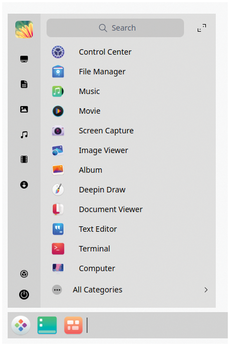A user-friendly Arch Linux derivative
Flatpaks
After installation and a warm start, a visually unobtrusive GRUB boot menu opens. It also contains entries for other operating systems if you installed them. After authenticating, RebornOS builds the selected desktop. While visually appealing, RebornOS does without gimmicks that hog resources.
Upon startup, some desktop environments will show you a window for Flatpak package management. RebornOS enables Flatpak package management by default, which means that you can retrieve software from the Flathub repository [2]. A window appears that lets you integrate the repository into the Gnome software store. If you do not want to do this, you can uncheck this option in the window.
If you do want to integrate the repository, the Gnome software front end is launched and automatically integrates Flathub. In the background, it checks for updates at the same time. If it finds any, the update management system notifies you; you can then use the Pamac graphical front end to view and install whatever you need.
Confusion
Depending on your chosen work environment, RebornOS's operating concept has a couple of minor weaknesses in terms of the desktop. Some of the installed applications are listed as tiles on the desktop, which is the usual procedure for Gnome. Alternatively, a menu tree appears when you press the Start button if you click on the small double arrow button in the tile display top right on the desktop.
In both the menu display and the Gnome tiles, the applications do not appear in alphabetical order. This is especially problematic if you install a larger number of additional applications. On the upside, a search function, which is available in both display modes, lets you find individual programs without too much effort (Figure 3).

Differences
The available software also differs depending on your chosen desktop environment. Depending on your interface, you will primarily find utilities that belong to that desktop environment in the menus.
The user interfaces' behavior and their resource requirements also vary. For example, the KDE Plasma desktop requires considerably more memory than the lean LXQt. I recommend selecting the desktop based on your computer's available RAM at install time.
« Previous 1 2 3 Next »
Buy this article as PDF
(incl. VAT)
